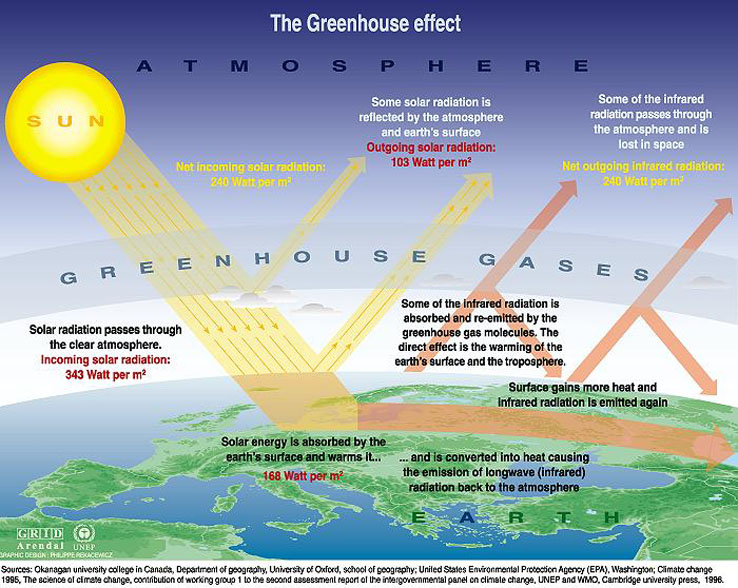A new scientific synthesis suggests a gradual, prolonged release of greenhouse gases from permafrost soils in Arctic and sub-Arctic regions, which may afford society more time to adapt to environmental changes, say scientists in an April 9 paper published in Nature.
“Twenty years ago there was very little research about the possible rate of permafrost carbon release,” said co-author A. David McGuire, U.S. Geological Survey senior scientist and climate modeling expert with the Institute of Arctic Biology at the University of Alaska Fairbanks. “In 2011, we assembled an international team of scientists into the Permafrost Carbon Network to synthesize existing research and answer the questions of how much permafrost carbon is out there, how vulnerable to decomposition it is once it’s thawed, and what are the forms in which it’s released into the atmosphere.”
Permafrost soils contain twice as much carbon as there is currently in the atmosphere. As the climate warms and permafrost thaws, microbial breakdown of organic carbon increases and can accelerate the release of carbon dioxide and methane into the atmosphere creating even more warming. In high-latitude regions of the Earth, temperatures have risen 0.6 C per decade during the last thirty years — twice as fast as the global average.
Permafrost has warmed nearly 11 degrees F in the past 30 years, according to co-author Vladimir Romanovsky, a permafrost expert with the UAF Geophysical Institute. In the 1980s, the temperature of permafrost in Alaska, Russia and other Arctic regions averaged to be almost 18 F. Now the average is just over 28 F.
Two decades ago, scientists thought that as permafrost thawed, carbon would be released in a big “bomb” and significantly accelerate climate warming.

